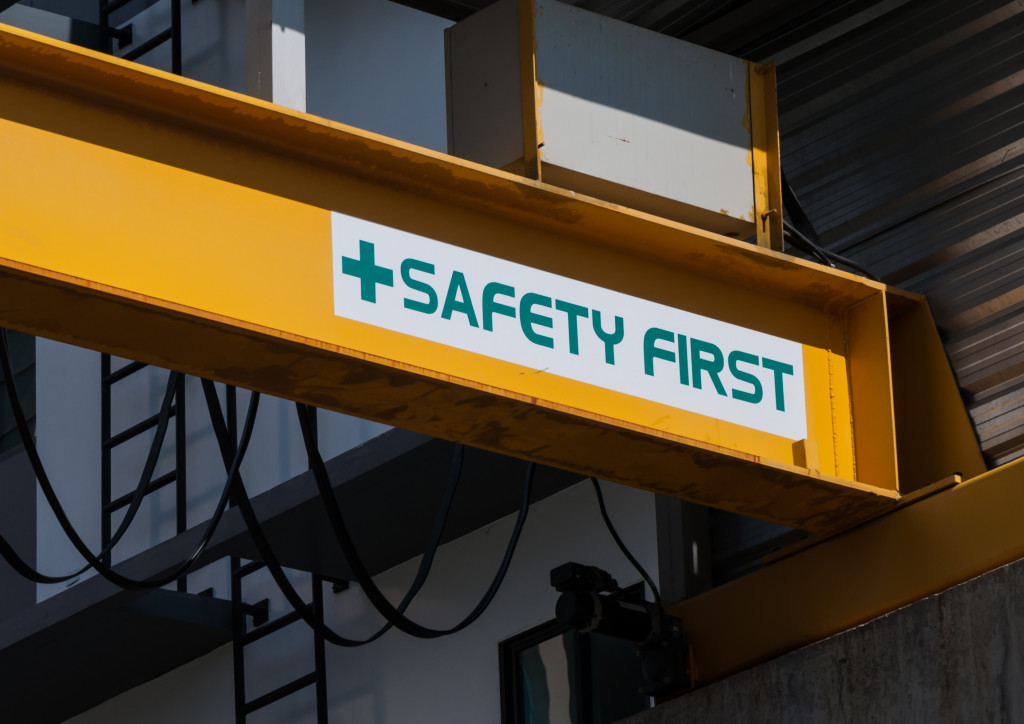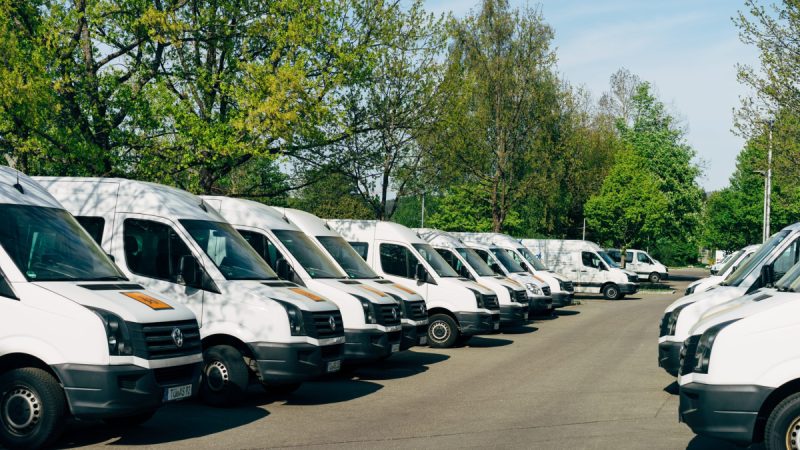Health and Safety Regulations in the UK: How Your Business Can Comply

Health and safety laws impose responsibility on business owners to ensure that they prioritize the welfare of their employees. In the UK, the basis of these laws is found in the Health and Safety at Work Act of 1974 (HASAWA).
There are secondary regulations such as the Regulatory Reform Order, Personal Protective Equipment at Work Regulations 1992, and Control of Substances Hazardous to Health 2002, to name a few. These regulations are more specific, covering a range of business processes and subjects. While the list is exhaustive, some examples are fire safety measures, the wearing of PPE gloves for construction work, and the use of computers.
Some health and safety regulations apply to specific industries, but the majority are for the compliance of all businesses. However, with the HASAWA, these laws and regulations form the legal foundation for health and safety in the workplace. From time to time, Approved Codes of Practice (ACOPs) are published to provide continued guidance, detailing best practices and a more comprehensive explanation of the laws.
The Health and Safety Executive (HSE) handles the UK’s enforcement of health and safety laws. They will prosecute businesses if there is a failure in compliance with the HASAWA and its other supplementary regulations. However, employees aren’t off the hook. They, too, have their own legal duties in helping maintain health and safety in the workplace. According to the HSE, you need the best practices below to help you know what to do to make sure your business complies with the UK’s health and safety laws.
Appoint a Health and Safety Officer
You should decide who will handle health and safety in your workplace. Depending on your business needs, you can either hire an expert or assign it to a manager.
If your business is at low risk of health and safety issues, you can simply manage the HASAWA guidelines in your facilities. This means you should at least know your business’s basic health and safety requirements to comply with.
However, if your business involves high-risk jobs and tasks, you’ll need a health and safety expert in your team. Aside from the HASAWA laws, you may need to implement regulations specific to your industry.
Develop a Health and Safety Policy
Write a policy that’ll describe how health and safety will be managed in your office or facility. It should include who is responsible for specific health and safety duties, when those policies are in effect, and how they should be applied. It must be simple enough for your employees to understand. According to the HSE, though, a company with fewer than five employees is not required to create a health and safety policy.
You can check out the HSE’s website for examples of policies. They also provided a template if you’ll find it hard to develop one for your business.

Conduct a Risk Assessment
You must determine which jobs and tasks in your business might cause harm to your employees and the public through a risk assessment. It’ll enable you to develop measures to control the risks and prevent them. The HSE has also provided risk assessment tools for businesses on their website.
The law doesn’t require businesses to remove all risks. However, employers must do everything in their power to prevent those risks and protect everybody in and out of the workplace.
Provide Health and Safety Training
Employees should know how to perform their jobs safely. They should also be informed of the risks involved with their tasks. For these reasons, you should provide health and safety training for them.
Consider what kind of training your staff needs. According to WorkSmart, you can do this through consultation with your employees. Listen and talk to them. While you may know the risks involved with their work, they are more knowledgeable about what health and safety issues are present when they accomplish their tasks. This can help influence your decisions and help them have
a healthier and safer working environment.
Provide Proper Facilities
In the same way, you must provide safe work facilities and equipment for your workers.
Welfare facilities should include clean bathrooms and eating areas. At the same time, a healthy and safe working environment should have proper ventilation and temperature, sufficient lighting, adequate room space and seating, and tidy surroundings. Doors, windows, and equipment must all be working properly as well. First aid kits must be available on all floors, too.
Keep Your Business Updated
Aside from these practices, you should also display health and safety information prominently around the workplace. Most importantly, and according to a recommendation from the HSE, get liability insurance for your business.
Following these practices can help you get started with implementing health and safety measures in your company. Plus, keep your business updated with health and safety ACOPs and regulations.




